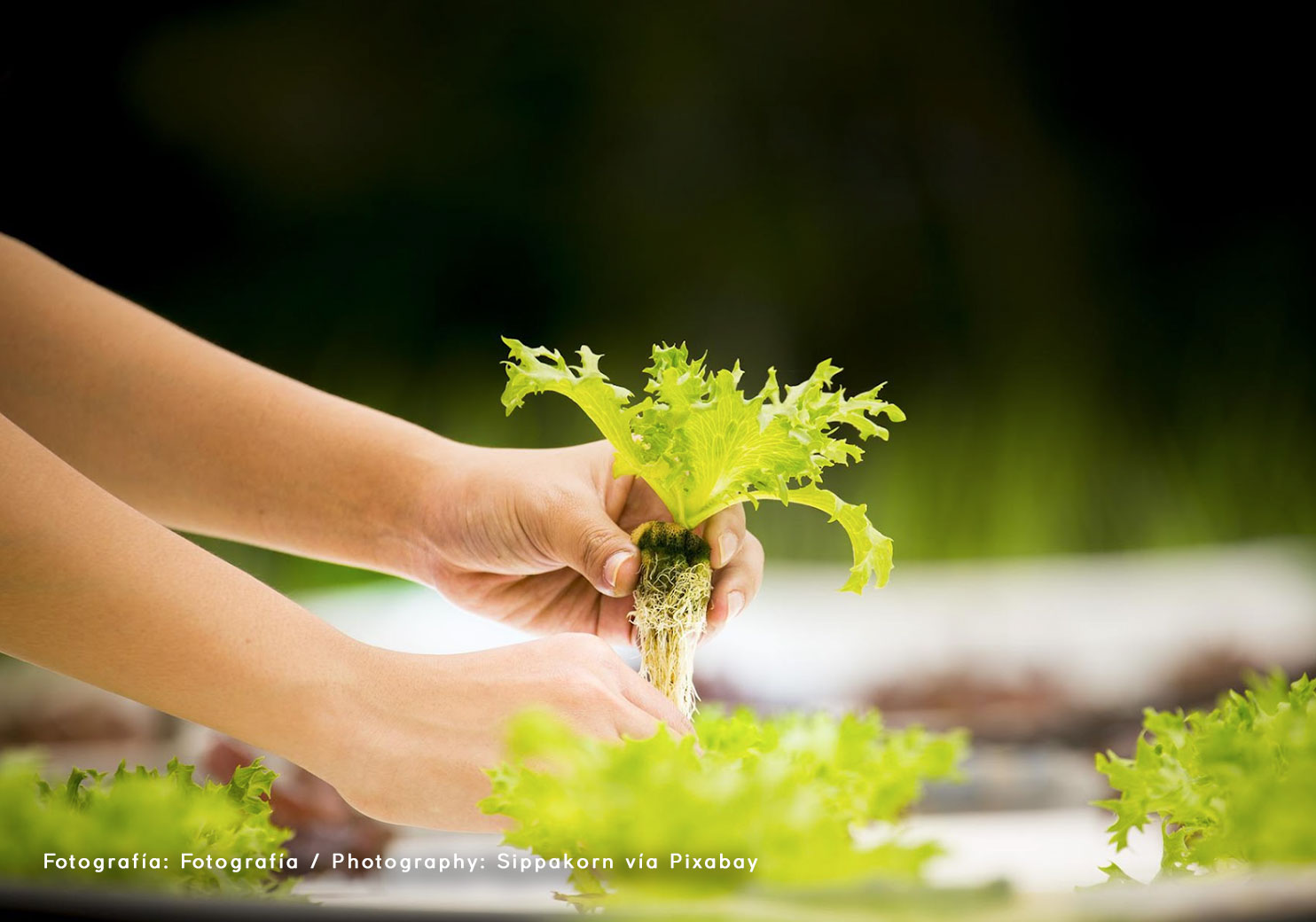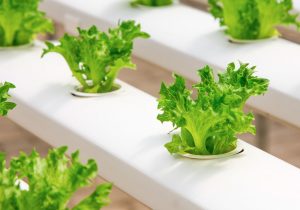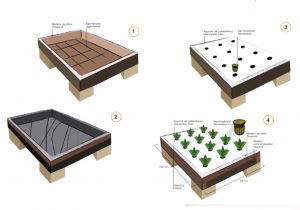
Making an hydroponic system at home
Learn with Karla Patricia García how to make a hydroponic system in: Making a hydroponic system at home.
Time goes by and natural resources are decreasing while population increases. We all know this problem can lead to hunger by having less area for farming and less natural resources such as water. Water is a precious resource for human life and of course a key in food production.
This is where the fight and concern begins: Are we prioritizing the use of water to fill our daily needs or to create more efficient ways to produce food? Are we using natural land for farming or implementing a system to produce food inside of our cities?
The earth currently has about 7 billion inhabitants, we know based on statistics that this number will rapidly increase to 9 billion people by 2050. What is the problem with population growth? Scientists from all over the world have recognized that natural resources are not enough to provide food in the near future if we keep using the same food production techniques.
New techniques are now being implemented by several growers across the world in order to improve food production and use of resources, one of which is hydroponics. What is hydroponics? Hydroponics is a technique where plants are produced in absence of soil.
Instead of soil we use a material called substrate, which allows us to separate nutrition and provide specific nutrients in water in a traditional or organic way. What is the benefit of hydroponics? By implementing this techniqu we are able to provide very specific nutrition to our plants which can allow us to improve yield and product quality. More important hydroponic systems can drain or recirculate water making it possible to save from 50% to 90% water in comparison to traditional agriculture. Another advantage is the absence of soil.

Hydroponic system
Photography: Sippakorn vía Pixabay
This allows planting in infertile soils, as well as the creation of vertical farms, where multi-level shelves are used for the production of small vegetables, making maximum use of space as never seen before in traditional agriculture.
In Mexico, hydroponics is beginning to take its first steps, however, there is still a long way to go. It is necessary to carry out an evaluation of the methods in the current food production and the implementation of correct education of new generations of farmers so that they have the tools to combat the problems that lie ahead. It is very important to generate curiosity in society for the production of their own food at home, this will create and develop a more proactive, competent and responsible society.
Making an easy hydroponic system at home
Steps:
01- Make a container with plywood and wood.
02- Cover with black polyethylene and add your hydroponic solution.
03- Cover the reservoir with polystyrene and make holes for plastic cups or hydroponic baskets.
04- Place rockwool substrate in the hydroponic nest and start germination. You can also germinate your plants in a low light area for two weeks and move them to the germination cup once they are ready.












